The Sixth Mass Extinction: A Planet in Peril

Extinction is a natural process, but human activity has accelerated species loss to an alarming rate. From deforestation and climate change to pollution and illegal wildlife trade, countless species are disappearing faster than they can be studied or protected. The consequences of this biodiversity crisis extend beyond individual species, threatening entire ecosystems and the stability of life on Earth. As we stand on the brink of a sixth mass extinction, urgent action is needed to preserve the planet’s rich and irreplaceable wildlife.
A Rundown of Extinction: When, Why and How?
Extinction is the complete disappearance of a species of plants, animals or other organisms. Studies have estimated that out of the eight million (known) species on Earth, at least 15 000 are threatened with extinction, although the exact number is difficult to pinpoint. The fact of the matter is, extinction has always been a natural part of the circle of life, but today's extinction rate is hundreds of times higher than the natural baseline rate which scientists predict to be one species per every one million species per year.
To get a better understanding of extinction, let us look at a couple of examples of mass extinctions, when large numbers of species disappear in quick succession.
- The most well-known mass extinction is that of the dinosaurs, or more formally, the living organisms of the Cretaceous period. This extinction occurred 66 million years ago likely caused by environmental consequences following the impact of a large asteroid hitting Earth. As a result, many marine reptiles, insects and non-avian dinosaurs perished, leaving only their fossils behind.
- In the late Triassic period, 199 million years ago, many marine sponges, gastropods, bivalves, cephalopods, brachiopods along with some land animals became extinct. This event coincided with a series of massive volcanic eruptions along the margins of the Atlantic Ocean.
- Towards the end of the Permian period, 252 million years ago, global warming and atmospheric changes likely caused by huge volcanic eruptions in modern-day Siberia, decimated most marine species and terrestrial animals. It is regarded as Earth's largest extinction event.
Although these examples were of naturally occurring extinctions, they are still worth studying in relation to extinction caused by human activity. By studying extinctions from millions of years ago, scientists are able to research the effect they have had on the relatedness and diversity of organisms as well as provide evidence for evolution and underscore the importance of protecting endangered species.
Research has shown that extinction most commonly occurs when a species cannot acquire food, water or shelter/space necessary for survival. However, it is important to keep in mind that extinction does not occur instantaneously. Instead, it most commonly preceded by a gradual decrease in population size due to environmental changes; i.e. increased predation, competition with other species or disease. Of course, extinction might occur faster if a large number of individuals from a species are wiped out by a chance event, such as a major drought or flood.
Recently, human activity has increased the rate of extinctions and/or put many species at risk of extinction. The following are examples of detrimental activities that endanger animals:
- Deforestation: can be attributed to agricultural activities and urbanisation, leading to mass habitat destruction which removes organisms from the environment while limiting resources and space available for species populations.
- Habitat degradations is, for the most part, caused by agricultural activity. 29% of Earth's surface is land, 71% of which is habitable. And out of that 71%, 50% is used for agriculture.
- Fishing and hunting: directly decreases and exploits species populations.
- Introducing invasive species: compete with native species for food, water and other recourses.
- Freshwater use: limits the amount of water available for other organisms.
- Global warming: can be attributed to the burning of fossil fuels, agricultural activities and deforestation. Global warming increases the average temperature and alters precipitation patterns, hence affecting the distribution of snow and ice cover. This can affect the growth and survival of some species.
- These activities also release greenhouse gases into the atmosphere, some of which is absorbed by the ocean causing acidification. This decreases the pH of ocean waters, leading to minimised growth and reproductive rates.
Exactly How Many Species Are Dying Out?
Much of the Earth has yet to be explored, meaning that there are still a lot of species out there that we have not discovered yet. That being said, it is hard to pinpoint the exact number of species that are in danger of becoming extinct. According to WFF, experts are calculating the rapid loss of species to be between 1 000 and 10 000 times higher than the natural extinction rate. I.e. that between 0.01 and 0.1% of all species will become extinct each year. This may not sound like a big number but if there are around 2 million different species on Earth then that would imply between 200 and 2000 extinctions occur every year. The numbers would be even higher if there were, say, 100 million different species on Earth.
It is safe to say that nearly every taxon is in trouble:
- Amphibians: Frogs, toads nd salamanders are disappearing because of habitat loss, water and air pollution, climate change, disease and introduced exotic species.
- Birds: Birds, found in nearly every habitat, serve as indicators of environmental change, with a 2009 U.S. report identifying 31% of species as conservation concerns. Globally, 12% of bird species are threatened due to habitat destruction, invasive species, and illegal wildlife trade.
- Fish: Aquatic ecosystems are similarly imperiled by pollution, damming, and invasive species, leading to the endangerment of 39% of North American freshwater fish and 21% of fish species globally. Invertebrates, which make up 97% of animal species, also face major threats, particularly freshwater species affected by water pollution and deforestation. Reef-building corals, vital to marine ecosystems, are rapidly declining, with one-third considered threatened.
- Mammals: Mammals, especially primates, are highly vulnerable due to habitat loss, with nearly half of all primate species at risk. Marine mammals like whales and dolphins also face increasing threats.
- Plants: the foundation of most life, are in danger too—68% of evaluated plant species are threatened, exacerbated by habitat destruction and climate change.
- Reptiles: particularly island species, have suffered significant losses, with human activity fragmenting habitats and creating isolated populations vulnerable to extinction.
- Orangutan (critically endangered)
- Sunda Tiger (critically endangered)
- Blue Whale (endangered)
- Chimpanzee (endangered)
- Cheetah (vulnerable)
- Giant Panda (vulnerable)
- White Rhino (near threatened)
- Narwhal (least concern)
What Are the Consequences of Extinction?
Everything in an ecosystem relies on everything else in that ecosystem, this system is carefully balanced with a hierarchy of prey and predators that keep populations to a reasonable size and ensure that there are enough resources for every organism. Therefore, when one species disappears, it can have cascading effects and consequences that can hinder the wellbeing of coexisting species.
First off, when a species goes extinct, they are taken out of the food chain, meaning that animals who preyed on the newly-extinct species are forced to find new food sources or risk starvation. If a predator dies out, its prey's population can increase without bound, hence unbalancing the local ecosystems. Thus, when the hierarchy of prey and predators is pushed out of balance, the change acts as a catalyst for the endangerment of other species.
Another concern that is important to consider is environmental health. Every species plays an essential role in ensuring the balance and prosperity of their environment. Particularly, pollinators. If pollinators go extinct, plant health falls. An example of this is the Hawaiian honeycreeper responsible for seed dispersal, pollination and creating balance in avian predator-prey relationships. Sadly, their population size is rapidly declining: there used to be 50 honeycreeper species across Hawaii, yet today only 17 remain with less than 200 individuals. With them gone, forest and plant health in Hawaii will diminish, either displacing species or limiting their access to food and shelter.
It also worth pointing out that extinction, of course, affects human populations, particularly indigenous ones who rely on their local ecosystems for survival.
Reduced biodiversity will:
- Increase the likelihood of pandemic like COVID-19
- Diminish the quality of water and air
- Threaten our access to food
- Deepen the impact of extreme weather events
- Make it harder to combat climate change
What Are We Doing About Extinction?
The Global Wildlife Conservation (GWC) is employing several strategies to protect endangered species and their habitats:
- Science-based Decisions: GWC collaborates with organizations like the IUCN Red List of Threatened Species and the Key Biodiversity Area Partnership to deepen understanding of global biodiversity and prioritize conservation efforts.
- Creating Protected Areas: Establishing protected areas is central to GWC's mission, as these regions safeguard biodiversity and maintain essential ecosystem services such as clean water and air.
- Recovering Endangered Species: Beyond preventing extinction, GWC aims to restore species populations to levels where they no longer require active conservation, focusing on groups that are particularly threatened.
- Exploration: GWC conducts expeditions to remote areas to identify critical regions for conservation, guiding strategic decisions to maximize impact on threatened species.
- Managing Protected Areas: GWC adopts a multidisciplinary approach to enhance protected area management, integrating conservation biology, community engagement, law enforcement, and economics.
- Wildlife Crime Prevention: Emphasizing prevention, GWC works with communities to develop strategies addressing the root causes of wildlife crime and implements systems to deter poaching before it occurs.
- Cultivating Conservation Leadership: GWC partners with passionate individuals and organizations worldwide, providing resources and expertise to empower effective wildlife and habitat protection.
What Can You Do to Help?
It is best to not feel hopeless in situations like these. You might be thinking: I am one person against a global extinction problem.
But fear not, there are many things you can do to protect our precious wildlife.
Petitions
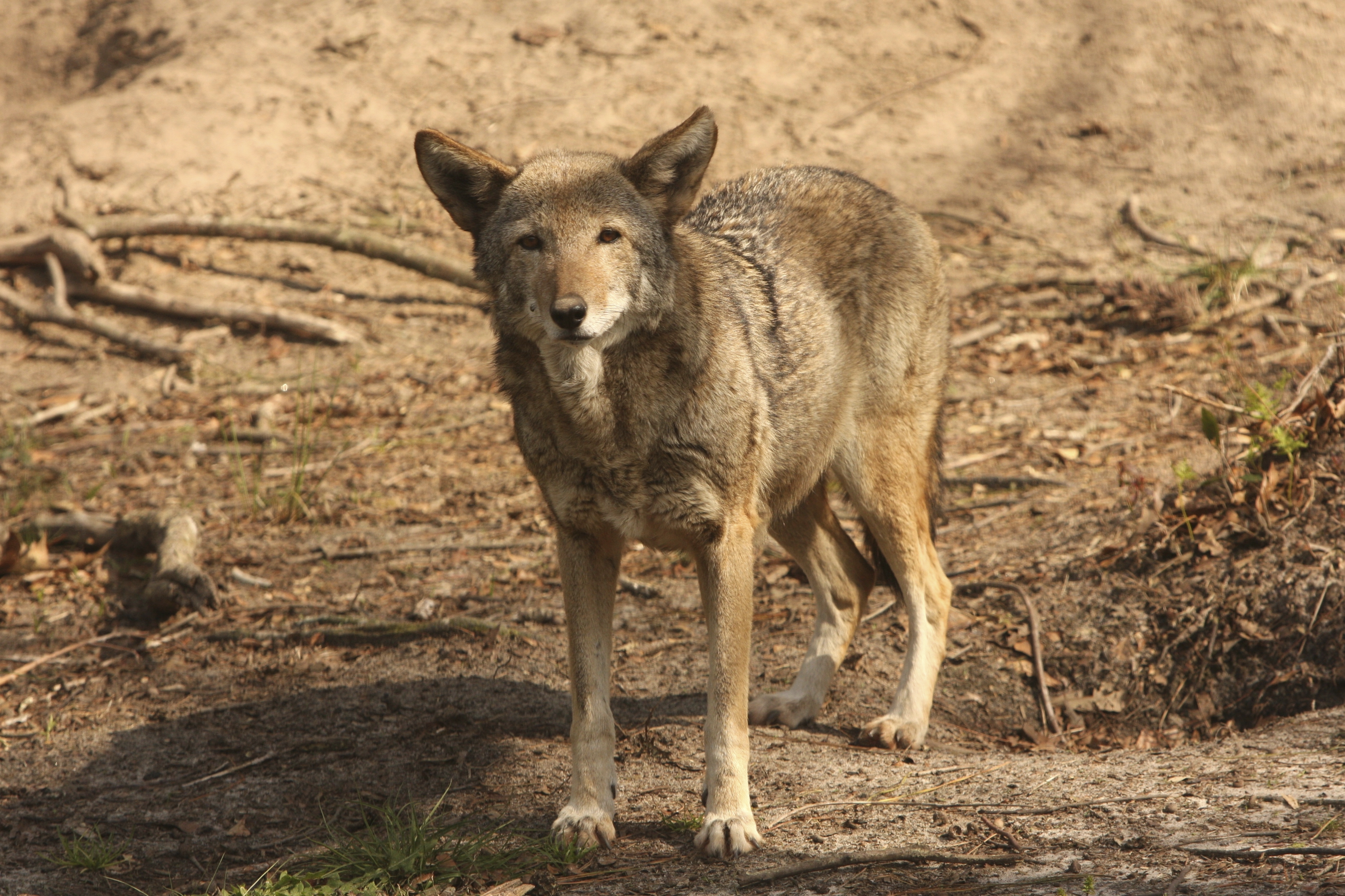
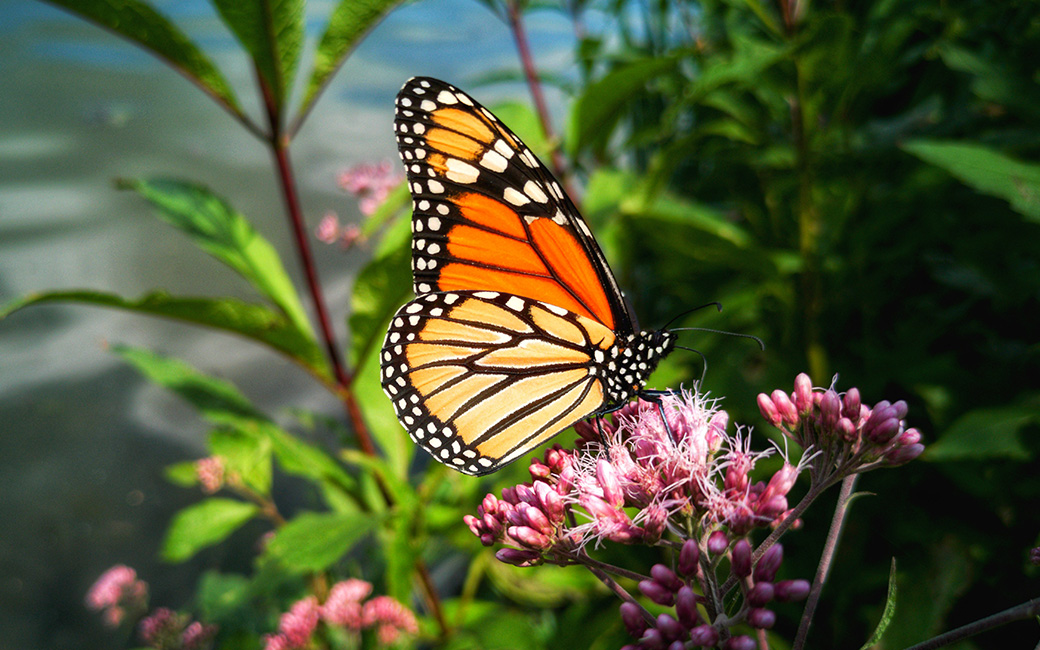
Donations
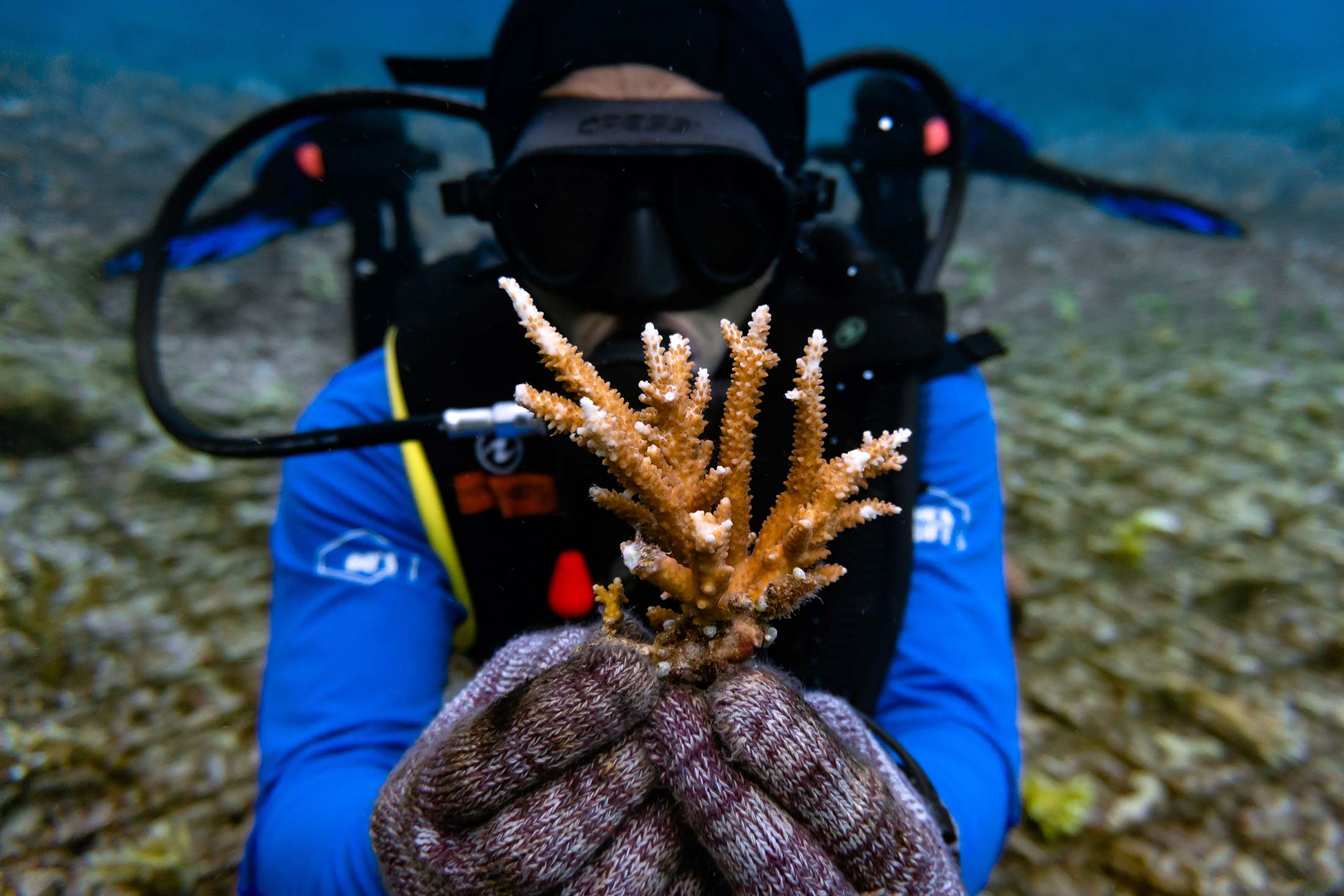
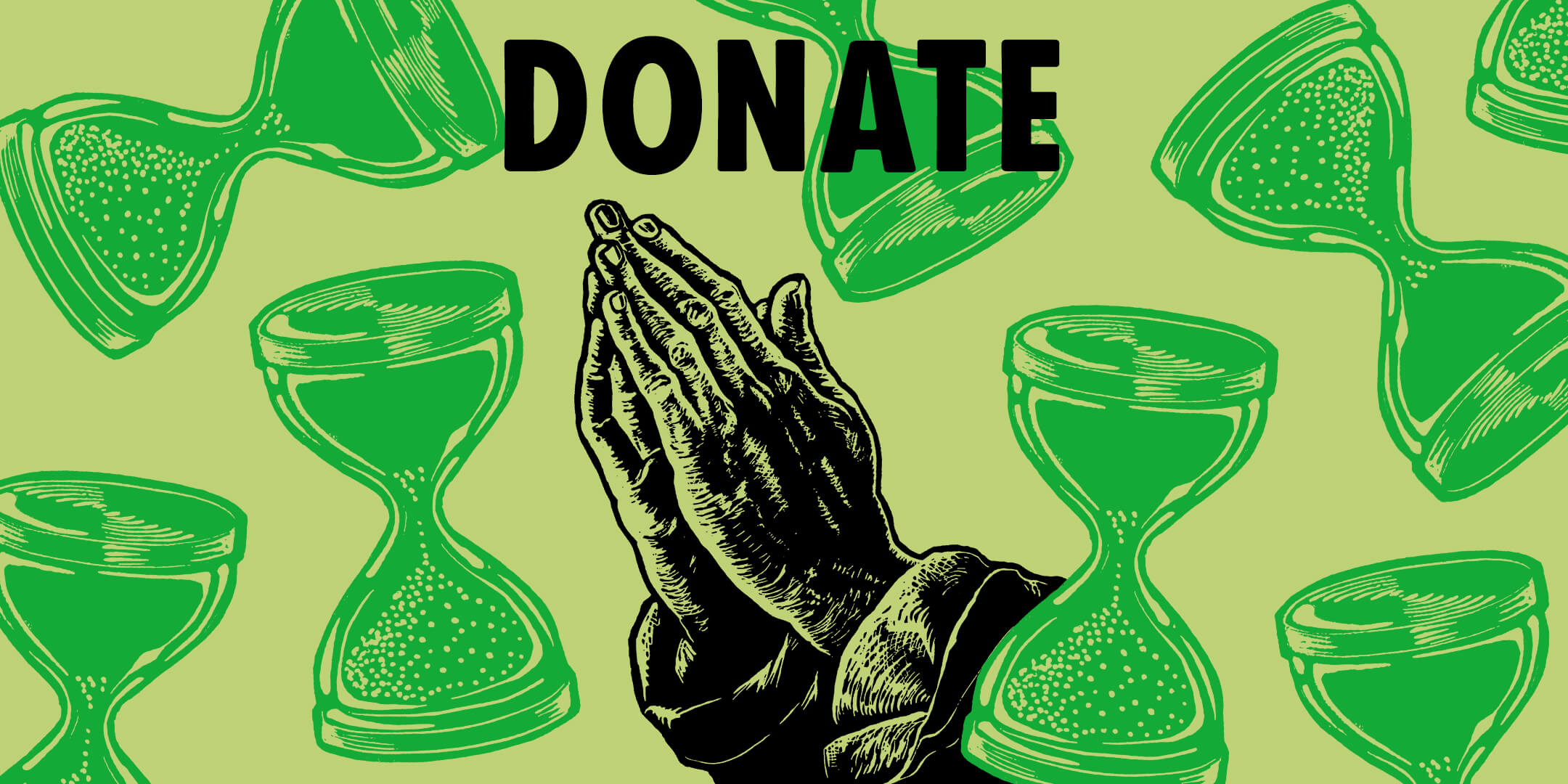
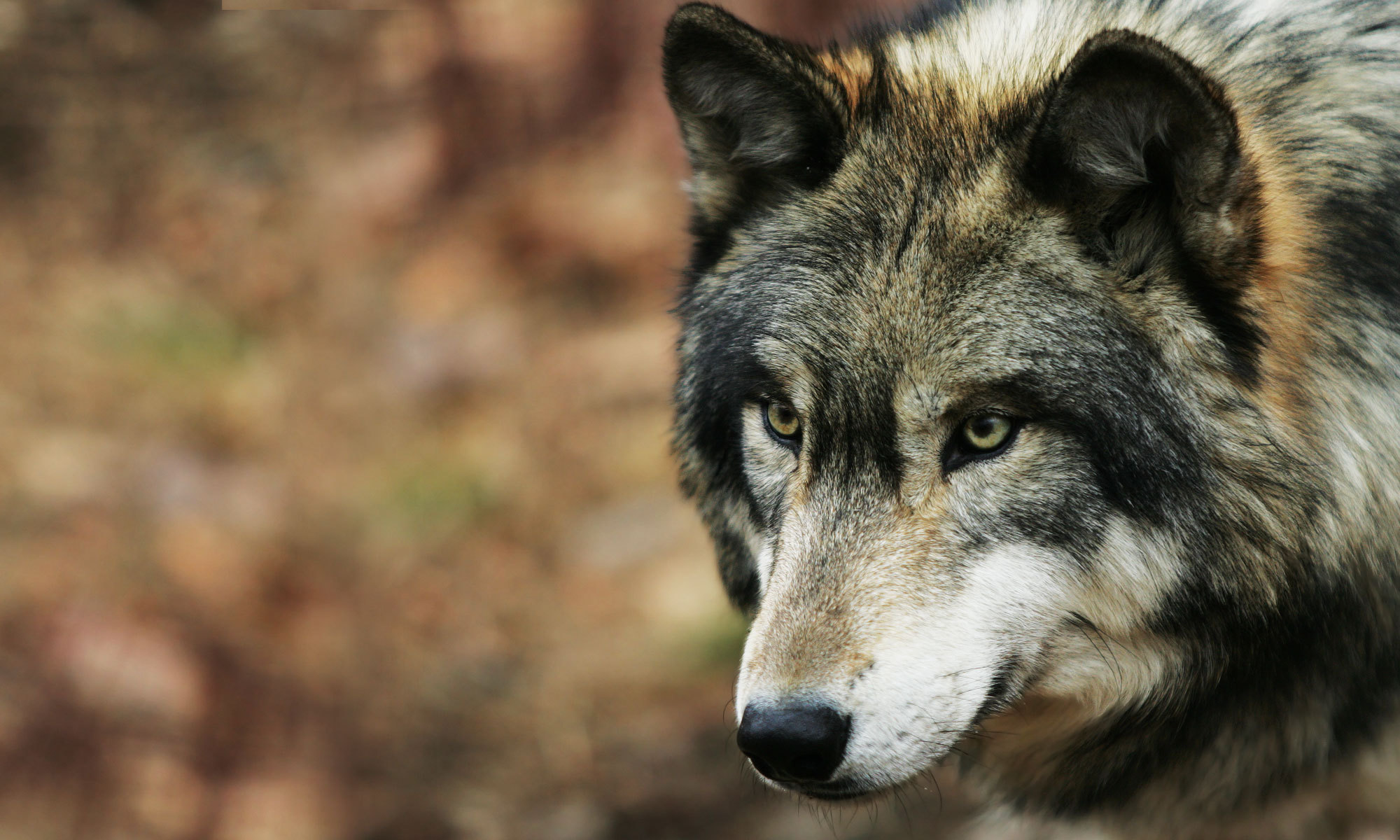
Lifestyle Changes
- Eat less meat and dairy
- Avoid plastic use and littering
- Recycle properly
- Support conservation organisations
- Either make donations or simply follow their social media and spread awareness by resharing their posts.
- Use alternatives to pesticides
- Visit a national park
- Travel sustainably








